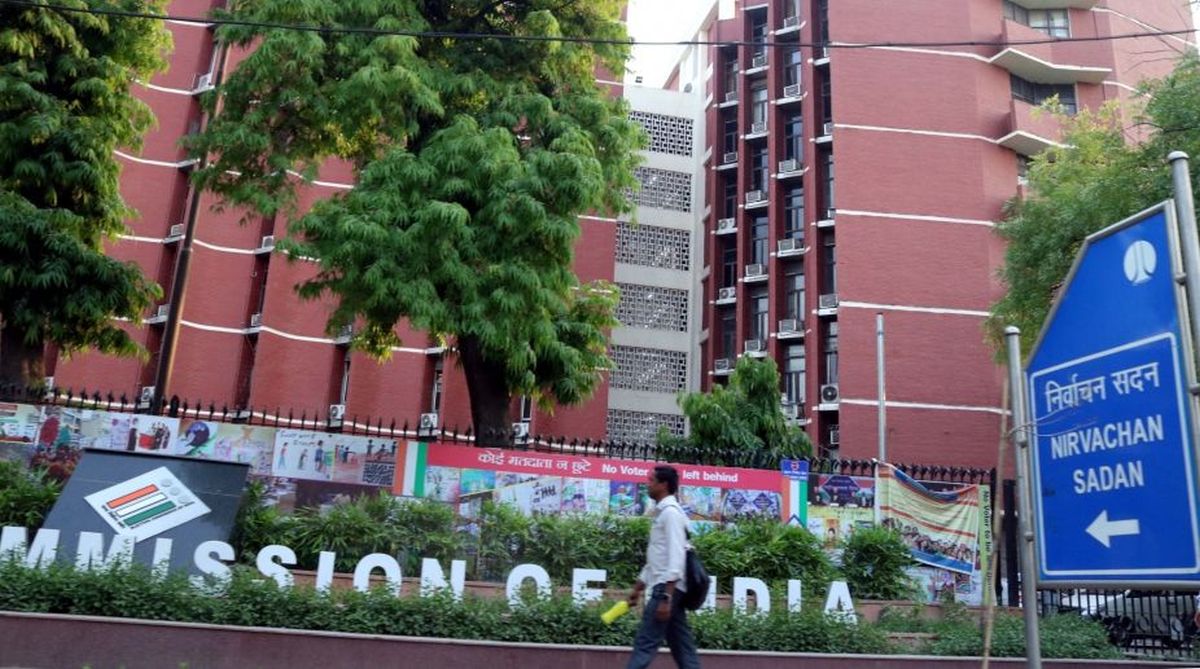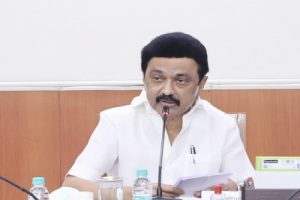The ensuing Assembly elections to Madhya Pradesh, Chattisgarh and Rajasthan may be a complex interplay of electorally important factors. Ultimately, these factors might play out over caste, community, religion, candidates, finances, factionalism, disunity in the opposition and the communication skills of the players and the Modi magic.
This will be the first major electoral fight after Rahul Gandhi has taken over as Congress President and almost a dress rehearsal for the 2019 Lok Sabha polls. Gandhi is campaigning hard to close the gap. Had he managed to unite the anti-BJP forces, it would have gone a long way in his favour.
Advertisement
The first factor is that the ruling BJP faces severe anti-incumbency and it is a double whammy as the party rules at the Centre as well as in these states. Interestingly, the individual chief ministers also are factors. For instance, in Chattisgarh and Madhya Pradesh, chief ministers Raman Singh and Shiv Raj Singh Chouhan respectively have been in power for three consecutive terms while Rajasthan has been alternating between the Congress and the BJP. Raman Singh is the senior most chief minister in the country. However, Vasundhara Raje is affected more than the other two.
The second is caste, which has always been the primary driving force in politics. With traditional caste equations defying their time-tested patterns, these polls have become more complex. For instance Rajasthan has become unpredictable. The Jats dominate around 60 seats directly. Rajputs are influential in major pockets like Sriganganagar, Bikaner and Jhunjhunu. Brahmins can influence 30 to 35 constituencies. Vasundhara Raje faces a formidable challenge in keeping the BJP’s traditional voters – Rajputs and Gujjars. These two communities, together with the Jats make up about one-fifth of the state’s population and can upset Raje’s bid for a second term. She has been trying to appease the various castes with different schemes after the BJP received a setback in the 2018 bye-elections, including in Alwar and Ajmer constituencies. This was due to the agrarian crisis, cow vigilantism, the Padmaavat agitation, price hike and inflation. The business community is upset about GST and demonetisation. The Congress can count among its loyalists the Jats, a section of Brahmins as well as Muslims, Dalits and tribals.
In Madhya Pradesh the BJP is banking on upper caste and Other Backward Classes (OBC) while the RSS has been wooing the tribals for long. The Congress traditionally got the backing of the Scheduled Caste and Scheduled Tribe votes besides Muslims. It is hoping for a change in this caste dynamic and is wooing the upper castes, which are disenchanted with the BJP. The Congress has cleverly chosen three upper castes leaders – Kamal Nath, Jyotiraditya Scindia and former chief minister Digvijay Singh as its faces in the campaign.
In Chattisgarh, OBCs who are close to 50 per cent are the deciding factor. Nearly one-third of the state’s population are ST, while 12 per cent are SC. Muslims are 2 per cent, Brahmins 7 per cent and others 4 per cent. Of the 90 seats, 29 are reserved for STs and ten for SCs. The upper castes and OBCs have traditionally backed the BJP while the ST vote is equally divided between the Congress and BJP and the SC vote between Congress, BJP and the BSP.
Thirdly, the BSP supremo Mayawati is yet another factor. Mayawati’s dumping of the Congress in all three states is a set back for the latter. The new combination of Ajit Jogi’s Chattisgarh Janata Congress and Mayawati’s BSP might damage the Congress in Chattisgarh.
The fourth is the Modi factor. Although the Modi magic has waned a little, his personal popularity is intact. Moreover, despite Vyapam and other scams, Chouhan continues to be popular. The BJP hopes that once Modi arrives on the scene, the voter mood might change in its favour. Whether the Modi factor wins or the voter fatigue succeeds is yet to be known.
The fifth is money power. This important factor goes a long way for political parties but except the BJP other parties are cash-strapped after demonetisation. The sixth factor is ticket distribution. This carries a lot of weight, as in many constituencies people also decide on the candidate. The seventh and most important factor is whether it is a direct fight or a multi-cornered or triangular fight. In the case of Chattisgarh it is a triangular fight whereas in the other two states it is practically a direct fight between the two main parties.
Despite tall claims of the respective chief ministers about their achievements, most pre-poll surveys have so far predicted Congress wins. The ABP news C voter survey has predicted 122 seats for the Congress in the 230-member Madhya Pradesh Assembly and 47 seats in the 90-member Chhattisgarh Assembly. The BJP has been projected to bag 108 and 40 seats in these two states respectively. It has given the Congress 142 seats in the 200-member Rajasthan Assembly. But these are early projections and what needs to be watched is the interplay of these factors.











